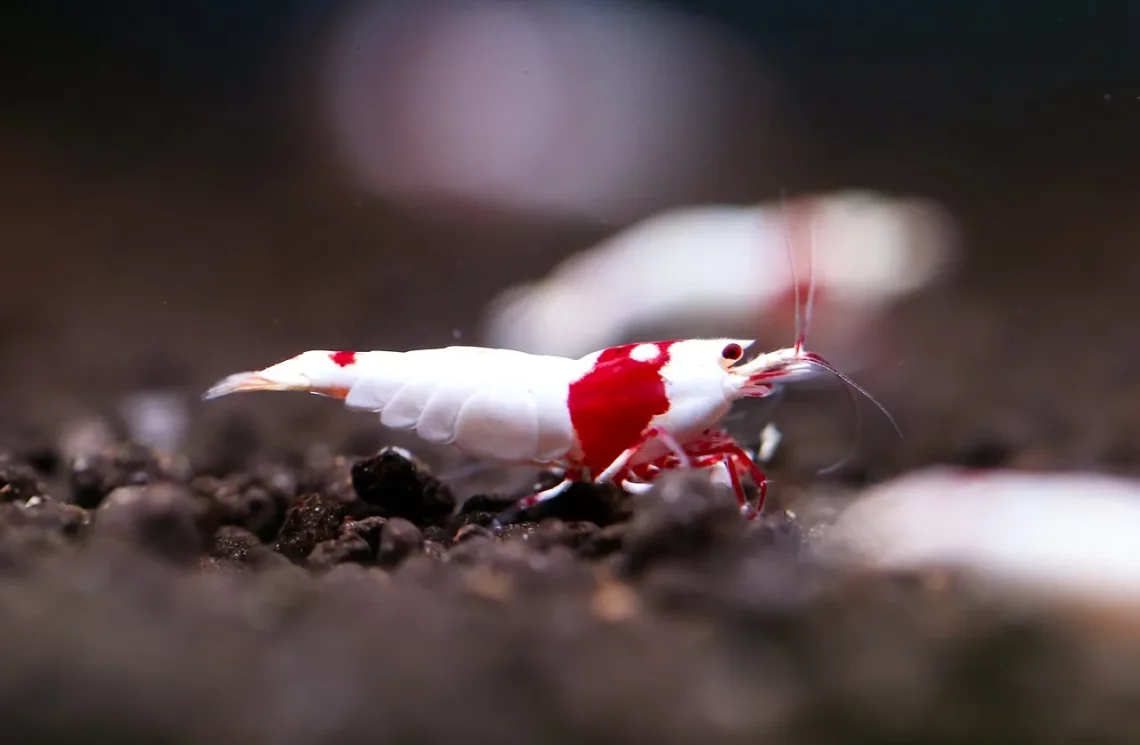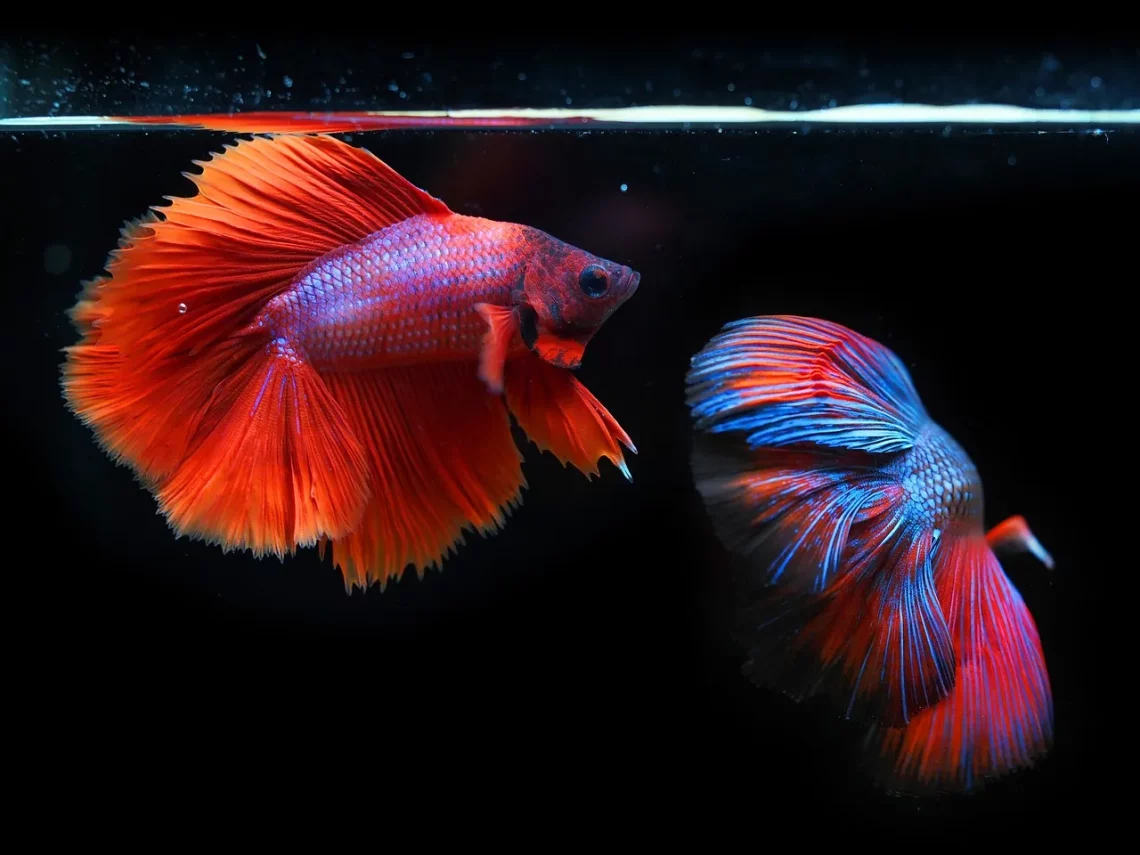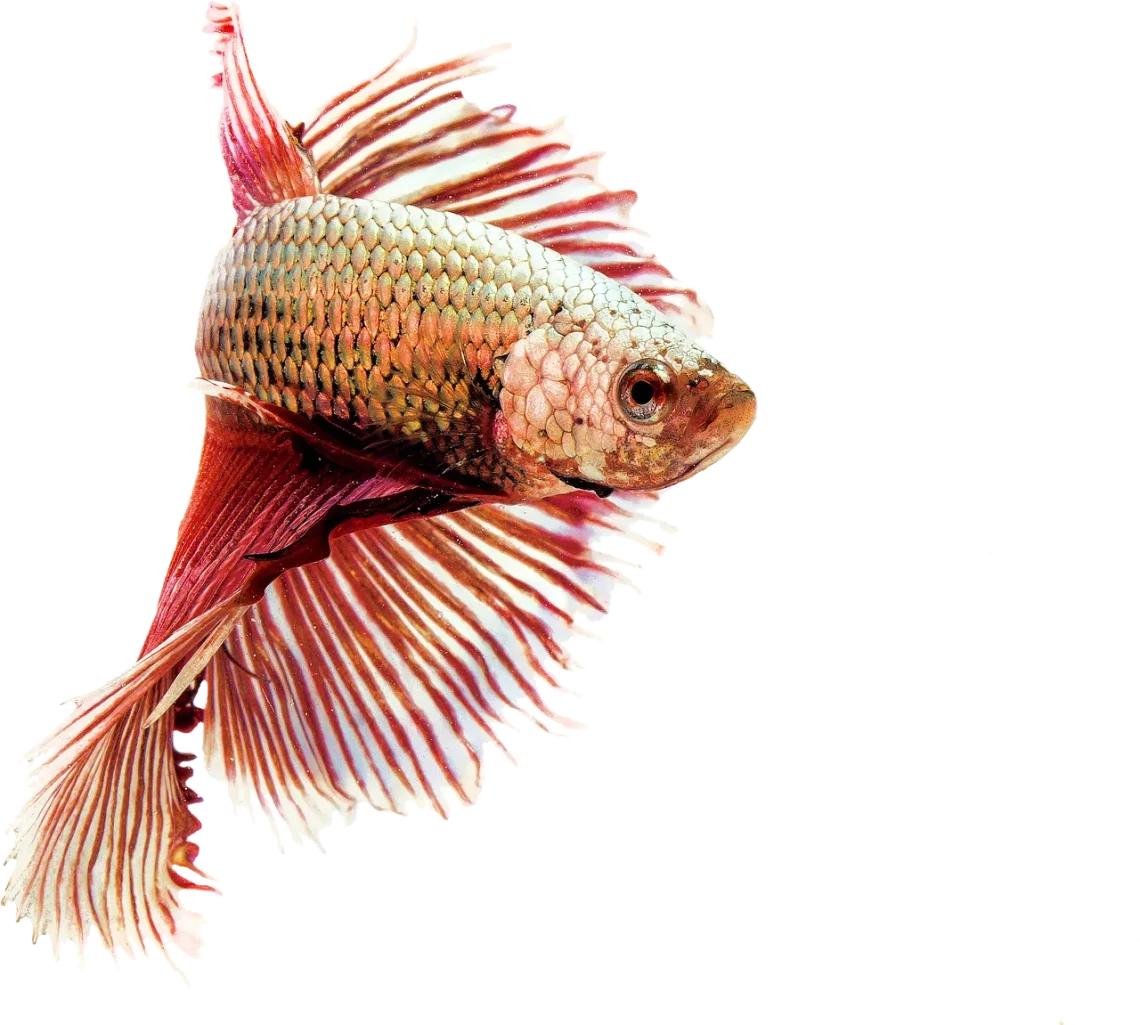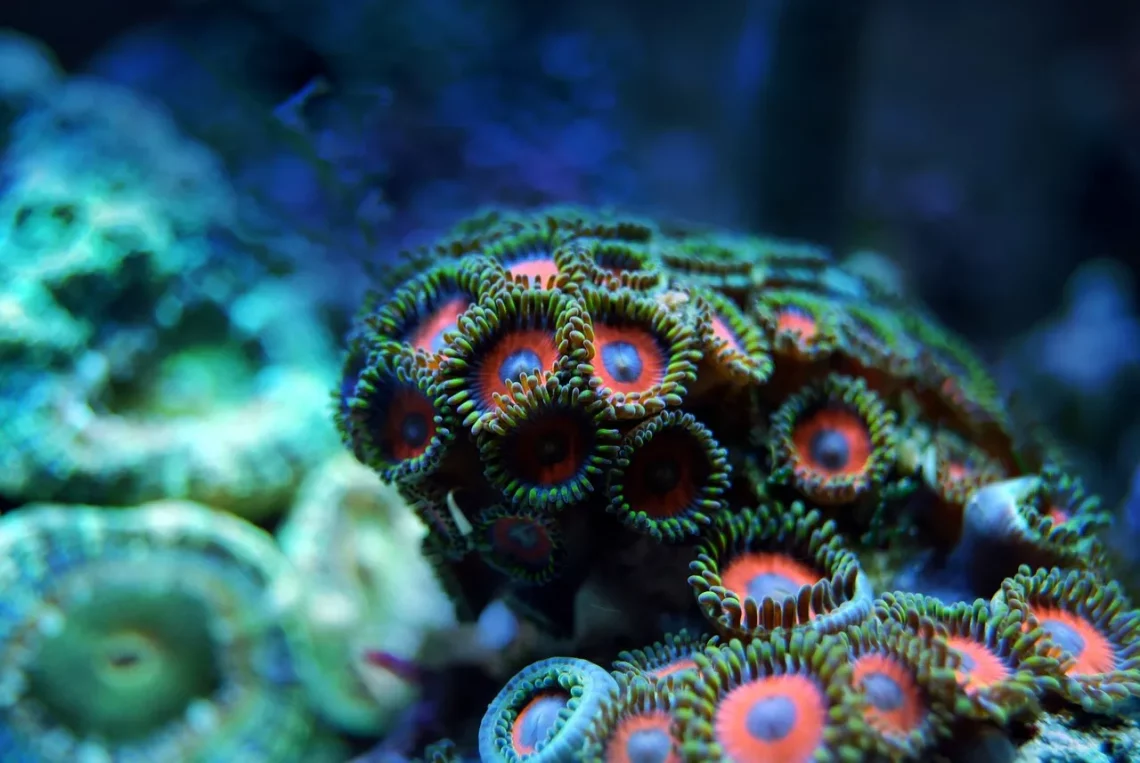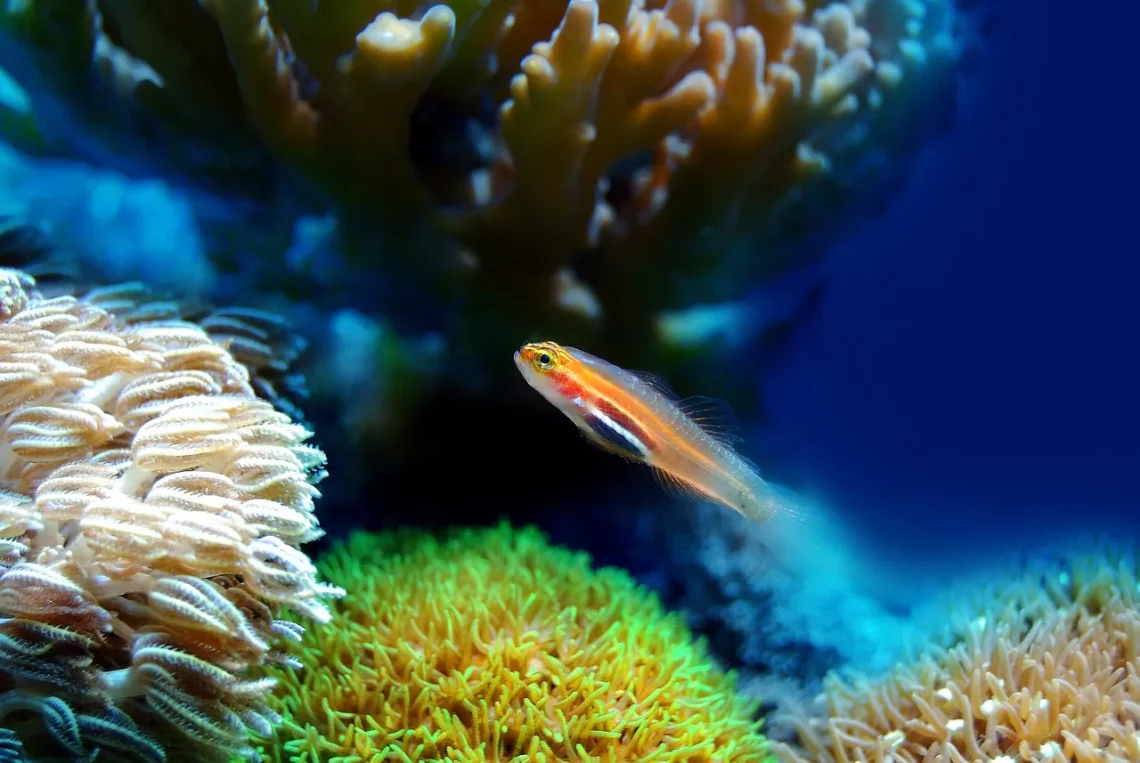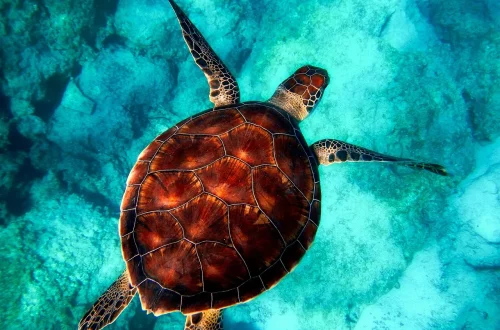-
Do Aquarium Shrimp Regrow Their Shells After Molting?
Aquarium shrimp are fascinating creatures that bring life and vibrancy to both freshwater and saltwater tanks. As part of their natural growth process, these small crustaceans undergo molting, shedding their exoskeletons to make way for new growth. This process is not only crucial for their development but also serves as a critical survival mechanism. The ability to successfully molt can significantly impact the health and longevity of shrimp. Understanding the molting process is essential for aquarists, as it directly affects the shrimp’s wellbeing and the overall ecosystem within the aquarium. Each molt allows shrimp to grow, heal, and even regenerate lost limbs. The curiosity surrounding whether aquarium shrimp can regrow…
-
Do Aquarium Shrimp Regenerate New Shells After Molting?
Aquarium shrimp are a fascinating addition to any aquatic ecosystem, captivating hobbyists with their vibrant colors and intriguing behaviors. These small crustaceans play an essential role in maintaining a balanced aquarium environment by consuming algae, detritus, and uneaten food. However, one of the most intriguing aspects of shrimp life is the molting process, during which they shed their exoskeleton to grow. This natural phenomenon raises many questions among aquarists, particularly regarding the regeneration of new shells after molting. Molting is a crucial part of a shrimp’s growth cycle, allowing them to expand and develop. Unlike mammals, shrimp have an exoskeleton that does not grow with them, necessitating the shedding of…
-
Essential Guide to Choosing the Right Tetra Fish Filter for Your Tank
Maintaining a healthy aquarium environment is crucial for the wellbeing of your fish, particularly when it comes to selecting the right filtration system. Tetra fish, known for their vibrant colors and lively behavior, thrive in clean, well-filtered water. Choosing the appropriate filter can significantly enhance their habitat, ensuring they remain healthy and active. With various options available on the market, understanding the key features, types, and functionalities can be overwhelming for beginners and seasoned aquarists alike. A filter not only cleans the water but also supports the nitrogen cycle, a biological process critical for maintaining aquatic ecosystems. It helps remove harmful substances, such as ammonia and nitrites, which can accumulate…
-
Understanding Full Grown Goldfish: Care, Size, and Lifespan Insights
Goldfish, often seen as a charming addition to aquariums and backyard ponds, are more than just colorful decorations. These aquatic pets have a rich history, originating in ancient China where they were bred for their beauty and grace. Over centuries, they have gained popularity worldwide, captivating fish enthusiasts and casual pet owners alike. Their vibrant colors, unique shapes, and engaging behaviors make them a favorite among many. However, despite their seemingly simple care requirements, full-grown goldfish have specific needs that must be met to ensure a healthy and fulfilling life. Understanding the intricacies of goldfish care, including their size, habitat, and social interactions, is crucial for anyone looking to keep…
-
How Fast Can New Tank Syndrome Kill a Fish? Understanding the Risks
New Tank Syndrome is a term that resonates with both novice and experienced aquarists alike, as it represents a critical phase in establishing a new aquarium. This phenomenon occurs when a tank has not yet developed a stable and beneficial colony of bacteria, which are essential for breaking down fish waste and maintaining water quality. Without these bacteria, toxic compounds such as ammonia and nitrites can build up rapidly, leading to detrimental effects on fish health. The initial excitement of setting up a new tank can quickly turn into distress if the necessary precautions are not taken. Fish that are introduced into a newly established aquarium may become stressed or…
-
Understanding and Managing Bristle Worm Infestation in Aquariums
The presence of bristle worms in aquariums can be a double-edged sword for hobbyists. On one hand, these creatures are natural scavengers that contribute to the ecosystem of a marine tank, breaking down organic matter and recycling essential nutrients. On the other hand, an uncontrolled population can lead to significant problems, including competition for food resources and potential harm to coral and other sensitive tank inhabitants. Understanding the delicate balance these organisms strike within an aquarium is crucial for maintaining a healthy and thriving aquatic environment. For many aquarium enthusiasts, encountering bristle worms may evoke concerns about their impact on tank health. These segmented worms, belonging to the class Polychaeta,…
-
The Essential Guide to Choosing a Fish Aquarium Chiller
Maintaining a vibrant and healthy aquarium ecosystem is essential for both novice and experienced aquarists. One of the most critical aspects of this maintenance is temperature regulation, particularly in warmer climates or during the summer months. Aquatic life, including fish and plants, thrives within specific temperature ranges, and fluctuations can lead to stress, disease, and even mortality. As aquarists, it’s our responsibility to create and maintain the ideal living conditions for our aquatic pets. While many hobbyists are aware of the importance of heaters for cold-water fish, the need for a fish aquarium chiller often goes overlooked. A chiller helps regulate water temperature and ensures a stable environment that is…
-
Effective Methods to Lower Nitrates in Your Fish Tank
Maintaining a healthy aquarium is not just about the aesthetic appeal of vibrant fish and lush plants; it’s also about ensuring a balanced ecosystem. One of the most critical aspects of aquarium management is controlling nitrate levels. Nitrates, which are a byproduct of fish waste, decaying food, and plant matter, can accumulate quickly in a closed environment like a fish tank. High nitrate levels can lead to various health issues for fish, including stress, decreased immunity, and in severe cases, death. Understanding the importance of keeping nitrates in check is essential for any aquarist, from beginners to seasoned experts. The presence of nitrates indicates that your biological filter is working,…
-
Effective Strategies to Lower Nitrates in Your Fish Tank
Maintaining a healthy aquarium environment is crucial for the well-being of your fish and aquatic plants. One of the most common challenges faced by aquarium enthusiasts is managing nitrate levels in the water. Nitrates are a byproduct of fish waste, uneaten food, and decaying plant matter, and while they are less toxic than ammonia or nitrites, high concentrations can still harm your aquatic life. Elevated nitrate levels can lead to stress in fish, promote algae blooms, and negatively impact the overall balance of the ecosystem within the tank. Understanding how nitrates accumulate and the factors that contribute to their increase is essential for effective management. Regular water changes, filtration, and…
-
Choosing the Best Coral for Your Fish Tank Setup
Setting up a beautiful and thriving fish tank is not just about choosing the right fish; it also involves selecting the perfect corals to enhance the aquatic environment. Coral reefs are vibrant ecosystems that play a crucial role in marine biodiversity, and replicating these stunning habitats in an aquarium adds both aesthetic appeal and functional benefits. Corals provide shelter, breeding grounds, and food sources for various marine species, making them an essential component of a well-balanced aquarium setup. In recent years, the popularity of reef aquariums has surged, leading hobbyists to explore diverse coral species to create their underwater paradises. From soft corals with flowing tentacles to hard corals that…
